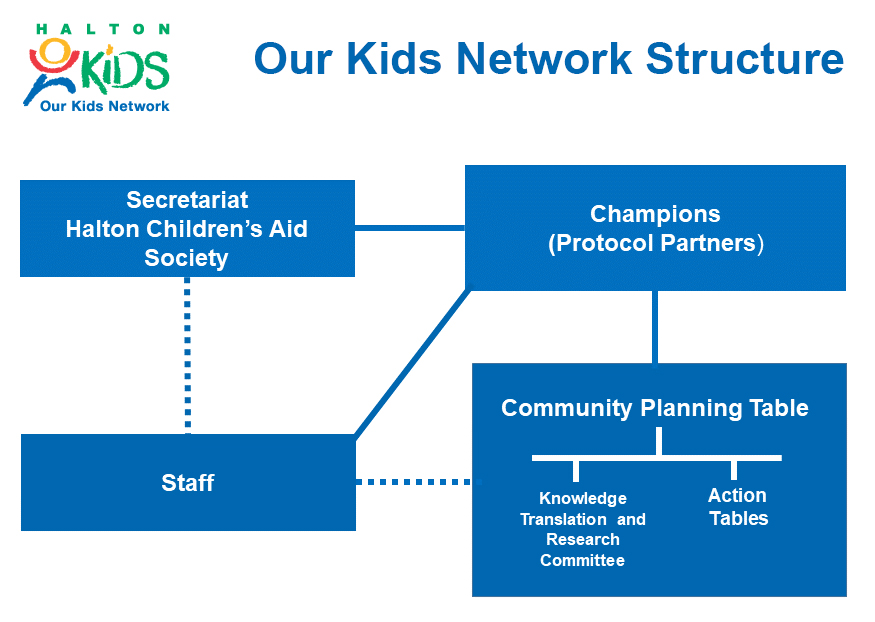Our SCHOOL Secondary Survey Highlights

%
of students have a positive sense of belonging.
Research consistently shows a connection between quality of relationships and health and wellbeing.
Connectedness and relationships matter. Strong relationships build strong children and youth. Research consistently shows a statistical relationship between quality of relationships and health and wellbeing.
The majority of students report having more than one friend they can trust and report making friends easily, but belongingness needs more work. When students were asked if school is a place where they feel like they belong, just 68% of students agree or strongly agree.
Further, the percentage of students who agree or strongly agree that they feel accepted for who they are drops from 83% in grade 4 to 77% in grade 6. . Full Report
%
of students report engaging in 30 minutes or more of physical activity.
Regular physical activity for youth is an important indicator of wellbeing and has numerous benefits that extend into adulthood.
Halton elementary students are physically active. Fifty-four percent of students report engaging in 30 minutes or more of intense physical activity after school each day. After-school physical activity increases steadily with grade.
Boys are more likely to engage in intense physical activity for 30 minutes or more (57%), compared to girls (52%).
Fifty-one percent of students in grade 4 report engaging in intense physical activity for 30 minutes or more, compared to 57% in grade 5, and 52% in grade 6. Full Report
%
of students agree that doing well in school is important for when they grow up.
Halton elementary students strongly believe in the value of learning and achievement for their future success.
The majority of students (96%) agree or strongly agree that doing well in school is important for when they grow up, and this remains stable across grades.
As grade increases, there is a pronounced decrease in the percentage of students who agree or strongly agree that what they learn in school is useful in their everyday lives. Full Report
%
of students spend two hours or more in front of a screen after school.
Guidelines recommend limiting recreational screen time to no more than two hours per day.
Canadian sedentary behaviour guidelines for children aged 5 to 11 (from the Canadian Society for Exercise Physiology, 2012) recommend limiting recreational screen time to no more than two hours per day.
Forty-three percent of students are spending two hours or more in front of a screen after school each day.
Recreational screen time increases steadily from grade 4 to 6, with 40% of grade 4 students spending two hours or more in front of a screen after school, compared to 45% in grade 5, and 53% in grade 6. Full Report
%
of students report being bullied in the past four weeks.
Bullying can lead to significant health, social, and emotional problems.
Grade 4 students report the highest level of any type of bullying in the past four weeks. After grade 4, this percentage decreases steadily from 47% in grade 4 to 41% in grade 6.
Cyber bullying is the least commonly reported type of bullying.
Boys are more likely to report experiencing any type of bullying compared to girls (46% vs. 41%, respectively). Boys are more than twice as likely as girls to report having experienced physical bullying in the past four weeks (23% vs. 11%, respectively) Full Report

